Yukjeon Hoekwan (역전회관)
15.9Km 2021-04-20
47, Tojeong-ro 37-gil, Mapo-gu, Seoul
+82-2-703-0019
Yukjeon Hoekwan has served Bassak bulgogi and Seonji baekban (Korean set menu with blood cake) since 1962, opposite of Yongsan Station. It has kept its original taste through three generations of operations.
Sininaerin Maeun Tteokbokki - Noryangjin Branch (신이내린매운떡볶이 노량진)
16.0Km 2021-03-29
3, Manyang-ro 14ga-gil, Dongjak-gu, Seoul
+82-2-2631-8484
It sells tteokbokki with various toppings. This restaurant's signature menu is stir-fried rice cake. This Korean dishes restaurant is located in Dongjak-gu, Seoul.
Sushi Hon (스시혼)
16.0Km 2021-03-29
8, Dobong-ro 110-gil, Dobong-gu, Seoul
+82-2-993-3290
A place that serves traditional Japanese sushi using fresh live fish. This Japanese (cuisine) restaurant is located in Dobong-gu, Seoul. The most famous menu is sushi.
Parque Nacional del Monte Bukhansan en Seúl (북한산국립공원(서울))
16.0Km 2025-06-13
Bogukmun-ro 262, Seongbuk-gu, Seúl
El monte Bukhansan, situado en el sector norte de Seúl, es hermoso a lo largo de todo el año. Designado Parque Nacional en 1983, el monte en su conjunto mide 78,45 km de ancho cubriendo 6 distritos y la parte de la provincia de Gyeonggi-do. El nombre Bukhansan significa “montaña grande del norte” y también solía ser llamado monte Samgaksan.
Tiene curvas tan suaves que sus sobresalientes y elevadas rocas de granito parece que fueran a deslizarse en cualquier momento, y sus afilados picos contrastan con las docenas de valles y ríos que fluyen debajo. Su pico principal es Baegunbong y junto a este se elevan numerosos picos de diferentes tipos. Los picos de granito combinan bien con los árboles, y dentro de las extensiones de la montaña viven unas 1.300 clases de animales y plantas.
De entre los picos de granito, se destaca la Roca Giam de Insubong (810,5 m). Este pico de piedra granito, famoso en todo el mundo, se eleva 200 por sobre el nivel del mar y existe un centenar de senderos que conducen a él. Cuando llegue al punto panorámico Baegundae (835,6 m) mire hacia abajo, según el estado del tiempo, podrá ver las nubes, la ciudad de Seúl y el río Hangang, todo junto y en visión panorámica.
El monte Bukhansan tiene una larga historia y no carece de tesoros culturales. Comenzando con el pilar Sunsubi sobre el pico Bibong que conmemora al rey Jinheung, pasando por la Fortaleza Bukhansanseong, edificada siguiendo las crestas de sus sierras, y el templo Sangunsa construido por el monje Wonhyo, además de numerosos otros templos menores.
La fortaleza Bukhansanseong es, asimismo, una destino obligado para los que visitan la montaña por primera vez. Esta Fortaleza consistió en una muralla de aproximadamente 8.500 m de longitud, levantada específicamente para detener invasiones extranjeras, y es uno de los fuertes de montaña más representativos de la era Joseon. En otoño, es especialmente exquisita la vista que se puede obtener de la montaña desde esta fortaleza. Los templos son también herencias culturales representativos del monte Bukhansan, y entre ellos se destacan el templo Seunggasa, erigido sobre el lado oriental del pico Bibong, donde las figuras de Seokgayeorae Maaebul se hallan grabadas en una roca de granito de 5 m de altura, y el templo Munsusa, ubicado a medio camino de ascenso al pico Munsubong, que tiene agua de montaña que cae del techo de la cueva Munsugul.
Bukhansan, con sus rocas de granito, y la Fortaleza Bukhansanseong, tiene las cualidades perfectas para practicar montañismo en todas las estaciones del año. En primavera, florecen toda clase de flores y en verano, tupidos bosques y valles se extienden por doquier. Los senderos de ascenso que hay a lo largo de los valles pueden llegar quizá a ser el mejor de los cursos de montañismo para el verano. El otoño es especialmente la estación adecuada para visitar los templos y sus pabellones sumidos en los colores otoñales. En invierno, la escena de las sierras cubiertas de nieve es verdaderamente maravillosa. El Parque Nacional del Monte Bukhansan tiene numerosas atracciones montañosas y bellísimos paisajes, y se ubica suficientemente cerca de la ciudad como para llegar fácilmente. El promedio de visitantes anuales es de cinco millones por lo que ha merecido el honor de ser registrado en el Libro de los Guinness de Récords Mundiales como el parque nacional de mayor número de visitantes por pie cuadrado. Los fines de semana son particularmente concurridos.
Biblioteca Literaria Cheongun (청운문학도서관)
16.0Km 2023-08-17
Jahamun-ro 36-gil 40, Jongno-gu, Seúl
Festival del Amanecer del Monte Inwangsan en Jongno-gu (종로구 인왕산 해맞이 축제)
16.0Km 2024-12-31
Cheongun-dong, Jongno-gu, Seúl.
02-2148-5002
** El festival ha sido cancelado. **
Jangchung Jokbal (장충족발)
16.1Km 2021-03-29
31, Noryangjin-ro 16-gil, Dongjak-gu, Seoul
+82-2-816-9824
Jokbal (pig’s feet) is a representative food loved by Koreans. The best menu at this restaurant is braised pigs' feet. This Korean dishes restaurant is located in Dongjak-gu, Seoul.
Monte Bugaksan (북악산)
16.1Km 2021-04-08
Changuimun-ro 42, Jongno-gu, Seúl
+82-2-765-0297
Seúl está rodeada de montañas, principalmente Bugaksan, Namsan, Naksan e Inwangsan. Bugaksan, la montaña situada al norte de Seúl, es la mayor de estas, y es un vástago del monte Bukhansan. También es conocida como Baekaksan.
La Fortaleza de Seúl recorre la sierra y la puerta Changuimun (también llamada Jahamun), una de las cuatro pequeñas puertas que rodeaban el castillo durante la época Joseon, se encuentra al oeste de la montaña, cerca de Inwangsan. La ruta Bugak Skyway, que une Changuimun y Arirang Hill en Jeongneung, tiene unas magníficas vistas del centro de Seúl, y pasa por diversas atracciones como Changuimun y el Pabellón Bukak. Otra atracción es el Parque Samcheong, al sur del monte Bugaksan.
Los montes Inwangsan (al oeste de Bugaksan) y Naksan (al este) tenían ubicaciones perfectas según la geomancia coreana pungsu (feng-shui). El monte Inwangsan estaba plagado de tigres durante los comienzos de la dinastía Joseon. De acuerdo con la leyenda, el rey suplicó a la deidad de la montaña que enviara los tigres al otro lado del río Yalu. Aunque los tigres se marcharon, se le permitió quedarse a una tigresa con cachorros, cuyas crías se multiplicaron convirtiendo Inwangsan en un lugar temible lleno de tigres.
Inwang Skyway conecta la parte este de Insangwan con Bugaksan. La ladera este de Inwangsan se ha convertido en una elegante zona residencial, mientras que Guksadang (que significa literalmente "Santuario Nacional") fue desplazado de Namsan a un área al oeste de la montaña en la década de 1920. Aún hoy, se celebran exorcismos chamanes en el santuario, así como rituales en honor de las deidades de la montaña.
Sala de Historia de la Prisión Seodaemun (서대문형무소역사관)
16.1Km 2025-05-13
Tongil-ro 251, Seodaemun-gu, Seúl
La Sala de Historia de la Prisión Seodaemun es un museo especial, situado en el Parque de la Independencia de Seodaemun. La prisión fue construida cerca de finales de la dinastía Joseon (1392-1910), y era el lugar en el que los soldados japoneses torturaban y luego ejecutaban a los seguidores coreanos del Movimiento por la Independencia. La Sala de la Historia de la Prisión Seodaemun fue establecida en recuerdo de la Prisión Seodaemun y para homenajear a los patriotas coreanos. Allí se encuentran siete celdas de prisión, una sala de exhibición histórica, una sala de ejecuciones, torres de vigilancia y una celda en el sótano en donde falleció Yu Gwan-sun, una figura histórica del movimiento independentista.
El 1er. piso es “Un Lugar de Reverencia”, en donde se informa sobre la Prisión Seodaemun a través de sistemas gráficos. Una gran pantalla muestra los orígenes de su fundación y los períodos de transición en su historia. La Sala de Material tiene exposiciones e información sobre la historia de Corea. El museo también alberga exhibiciones especiales. El 2º piso es “Un Lugar de Historia”, en donde se puede ver la “Sala de la Resistencia Nacional”, la “Sala de la Historia de la Prisión” y la “Sala de la Vida en la Prisión”. Este piso muestra ejemplos de cómo la gente luchó de forma continua, durante este oscuro capítulo de la historia coreana, para aferrarse a su esperanza y determinación de obtener la libertad. “Un Lugar de Experiencia” es el lugar más horrendo y espantoso de la prisión. En la “Sala de Detención Temporal” y en la “Sala de Tortura” verá recreadas escenas de torturas, que son terriblemente realistas.
En el Parque de la Independencia de Seodaemun cercano puede visitar la Sala de la Independencia, el Monumento Patriótico a los Mártires y el Monumento a la Declaración de Independencia del 1° de Marzo.
Puerta de la Independencia (Dongnimmun) (독립문)
16.1Km 2022-12-15
Tongil-ro 251, Seodaemun-gu, Seúl.
Dongnimmun se halla en un lugar conocido originalmente como Yeongeun, en donde otrora se trataba a los enviados oficiales. Cuando un enviado chino hacía una visita, el rey salía a través de esta puerta para recibirle. Fue construida en 1897, para anunciar la independencia de China, quien había influido en Corea durante mucho tiempo, y de Japón y Rusia, quienes acechaban al país.
Las expensas de la construcción fueron recaudadas como contribución por los ciudadanos coreanos. Los vestigios del pasado todavía permanecen en Dongnimmun. Los dos pilares enfrente de Dongnimmun son los restos de Yeongeunmun.
Si comparamos Dongnimmun, puede evocarnos al Arco del Triunfo de Francia, ya que este último se tomó como modelo para su construcción. Dongnimmun fue edificada con un muro de granito, y hay un pasillo con una altura de 14,28 metros. En lo alto está escrito “Dongnimmun” en coreano, con la bandera nacional dibujada a cada lado. En el lado interior izquierdo hay escaleras de piedra que conducen al ático. La flor nacional, mugunghwa, está plantada alrededor de Dongnimmun. Ahora está rodeada por carreteras y es llamativa a la vista cuando se pasa por allí.
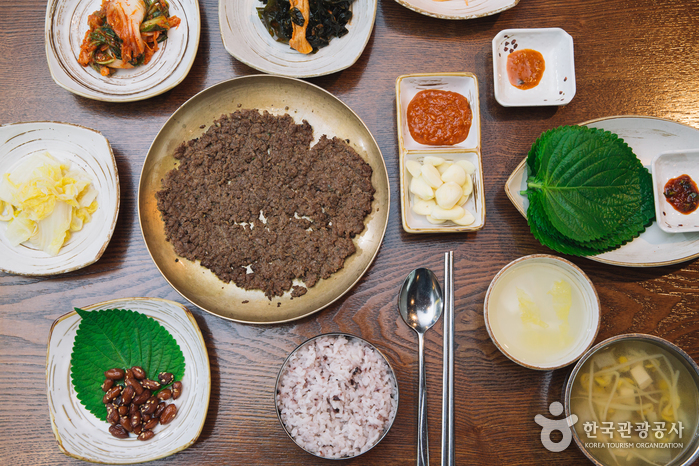
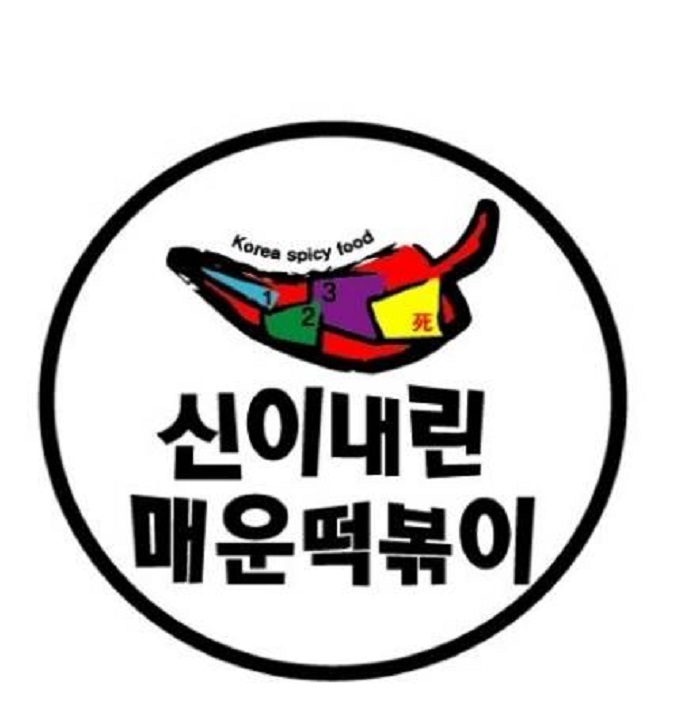
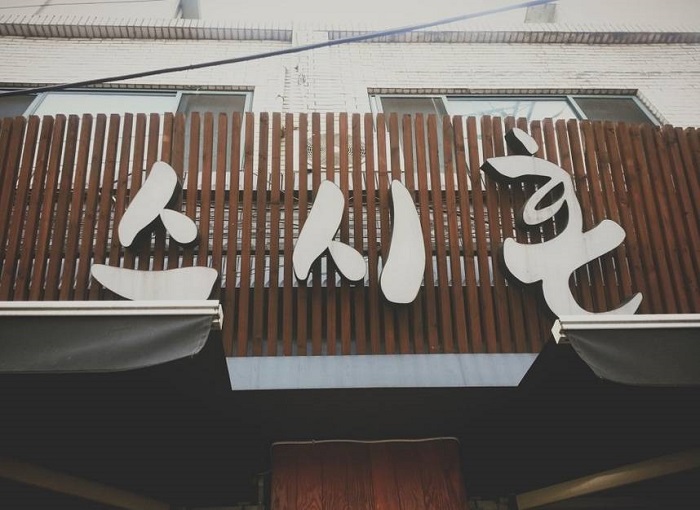
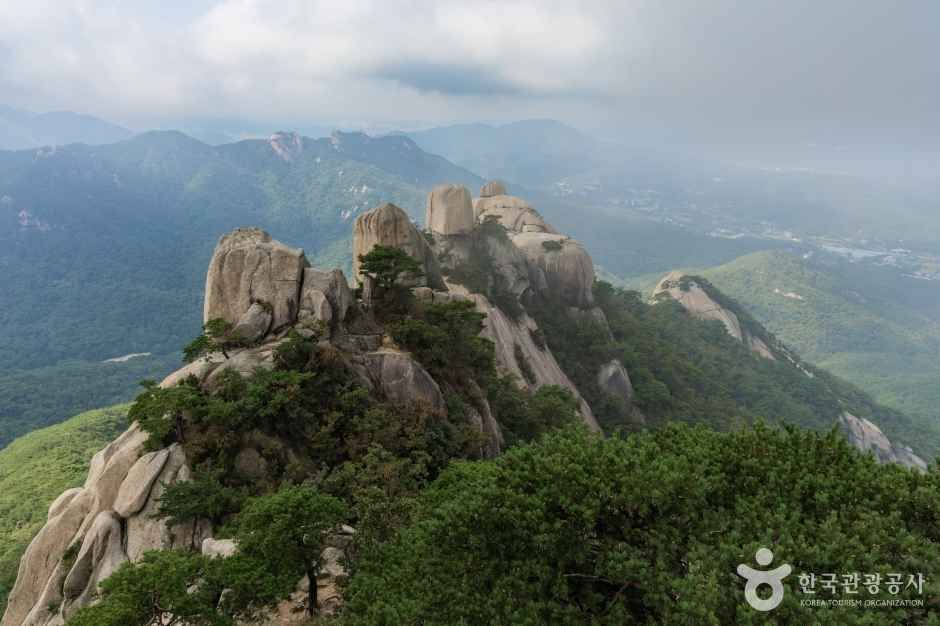

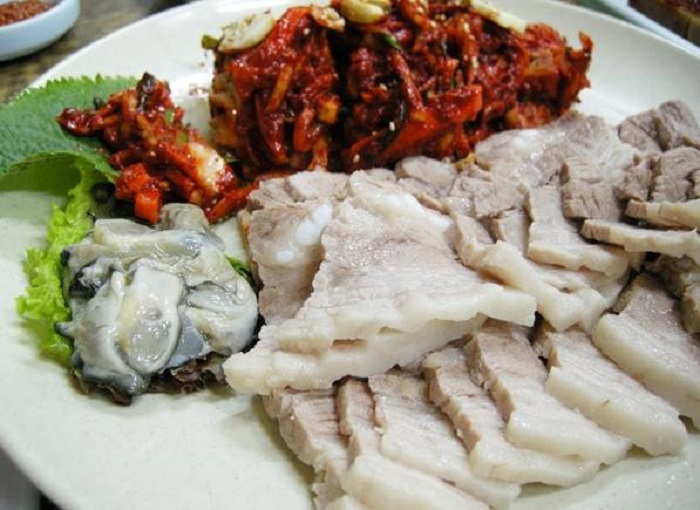
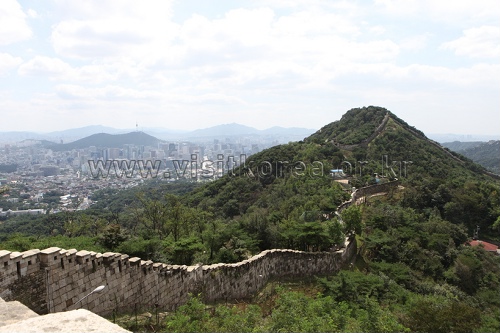
 Español
Español
 한국어
한국어 English
English 日本語
日本語 中文(简体)
中文(简体) Deutsch
Deutsch Français
Français Русский
Русский